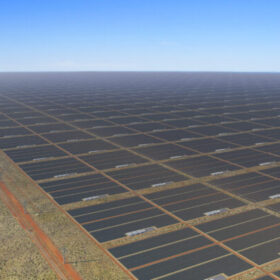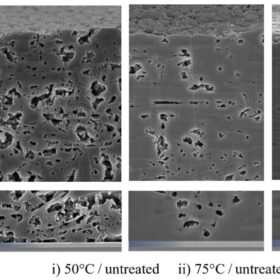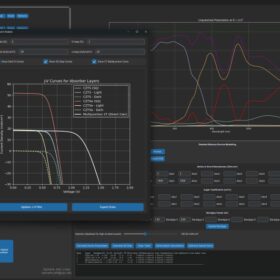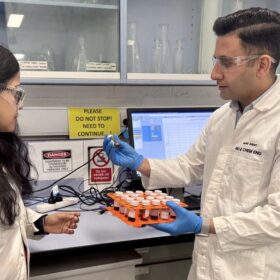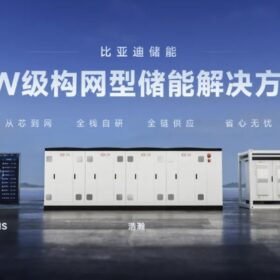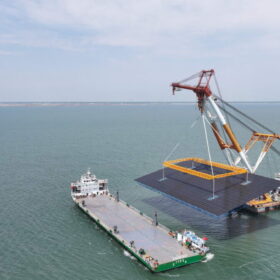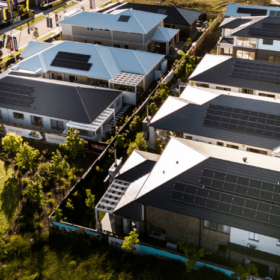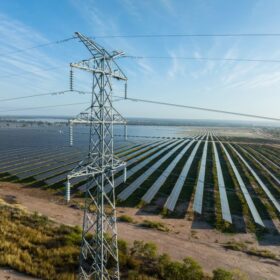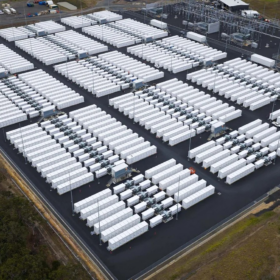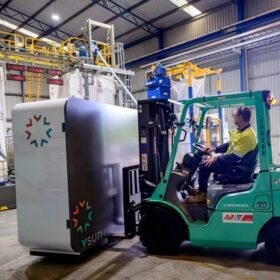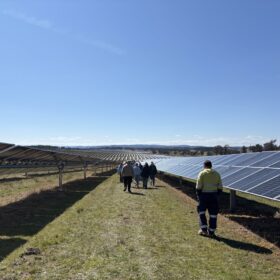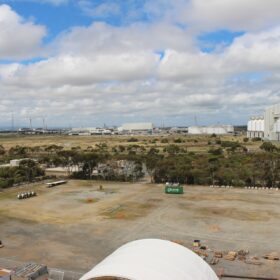Solar megaproject’s Singapore exports has social licence work to do: research
The proposed Australia-Asia PowerLink, a Northern Territory 12,000 hectare solar megaproject, has received a thumbs up from 89% of survey respondents who say they support the project’s construction, but remain skeptical about its Singapore exports.
Perovskite solar cells with laminated carbon electrodes reach 20.4% efficiency
Scientists in Germany report a method to boost performance of perovskite solar cells made with laminated carbon electrodes that are compatible with typical hole transport layers.
Western Australia successfully completes vehicle-to-grid charging trial
Western Australia’s regional energy provider Horizon Power has completed a 12-month trial testing vehicle-to-grid, two way charging of electric vehicles in the far north regional town of Exmouth.
New open-access simulation software for solar cell modelling
Developed by a professor at the Polytechnic University of Catalonia, the Soley software is claimed to enable precise optoelectronic modeling of photovoltaic devices and accurately reproduce the behavior of photodiodes under illumination.
Monash engineers boost zinc-air battery performance with cobalt-iron catalyst
Engineers at Monash University in Melbourne have developed a new catalyst they say could bring zinc-air batteries “closer to real-world, grid-scale and transport uses.”
BYD unveils 14.5 MWh storage system, world’s largest yet
China’s EV giant has unveiled the 14.5 MWh DC “Haohan” single-unit DC block with record-breaking capacity to challenge next-generation energy storage market.
China advances 1.8 GW offshore PV project as part of wider solar strategy
A state-led 1.8 GW offshore PV project being built in waters off China’s northeast coast is set to become a model for large-scale marine solar development, with completion targeted by mid-2026.
Renewables reach record 77.9% share in NEM
The share of renewables in Australia’s main electricity grid continues to reach new highs, delivering 77.9% of electricity demand on Sunday with solar power contributing more than 55% of the record-breaking clean energy mix.
SolarEdge unveils all-in-one residential inverter and clickable modular battery system
The stackable battery ranges 4.9 kWh to 19.6 kWh per unit while the inverter is available in ranges from 3.8 kW to 13 kW. The company has also introduced a meter socket adapter to avoid triggering costly main panel upgrades.
Australian climate target prioritises clean electricity across the economy
Australia’s 2035 climate change target prioritises clean electricity across the economy based on decarbonising and expanding the electricity network, supported by new transmission and storage, including household batteries.
